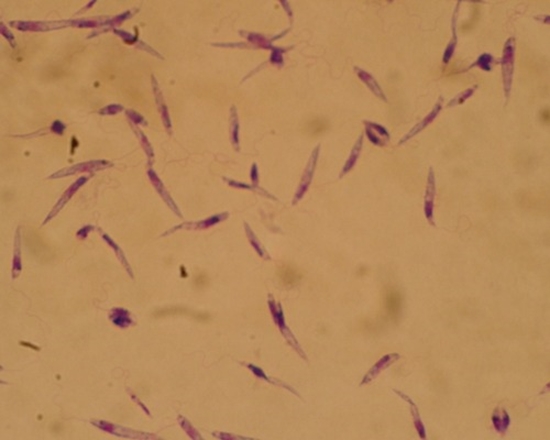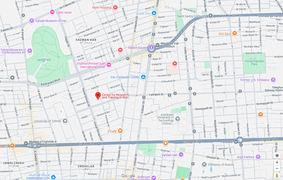In vitro assessment of Dracocephalum lindbergii for growth inhibition, apoptosis induction, and cytokine modulation against Leishmania major
This study evaluated the in vitro anti-Leishmania activity of Dracocephalum lindbergii against Leishmania major, revealing significant antiparasitic effects and antioxidant properties in its methanolic fraction. These findings suggest the potential of D. lindbergii as a promising source for developing novel leishmaniasis treatments.





ارسال نظر